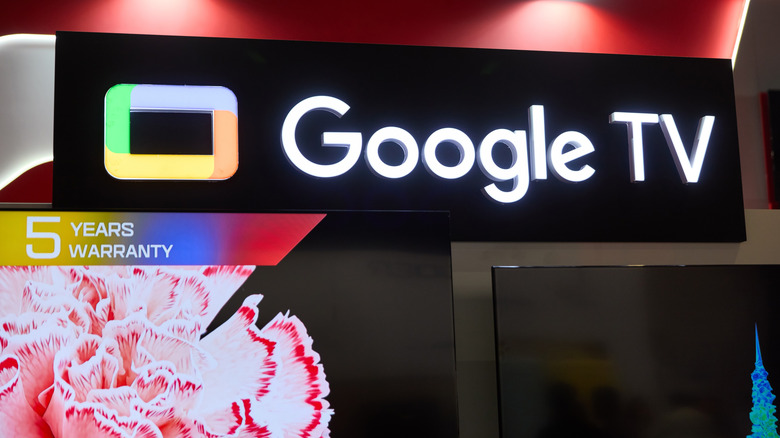
Understanding the Difference Between Google TV and Android TV
When companies rebrand or upgrade their products, it can often lead to confusion among consumers. This is especially true when it comes to Google TV and Android TV. While Google TV is essentially the next-generation version of Android TV, there are enough differences to make it worth understanding what sets them apart. Both systems are designed for television and media experiences, but they cater to different user preferences and needs.
Google TV is positioned as the successor to Android TV, offering a more refined and updated experience. It can be found in new TCL Google TV models, Google Chromecast devices, and other partnered media equipment. Like Android TV, it runs on the Android operating system, which is tailored for use on televisions rather than mobile devices. The user interface (UI), settings, and options are all optimized for a living room environment, making it easier to navigate while sitting on the couch.
One of the most significant changes between the two platforms is the user interface. Google TV places a stronger emphasis on content, with menus that highlight shows and movies you can watch, rather than focusing on a long list of apps. This shift makes it more intuitive for users who want to quickly find something to watch without sifting through numerous applications. Additionally, the Roku Channel is now available on Google TV, enhancing the variety of content accessible to users.
Another key difference is the focus on live TV. While Android TV also supports live TV, Google TV has made improvements by integrating sources like YouTube TV and Sling TV directly into the home screen. This allows users to scan through live channels more easily. Furthermore, Google TV enables users to use their smartphones as a remote control, which simplifies tasks like typing on the onscreen keyboard.
There are also enhancements in parental controls, Google Account services, and support for Gemini AI. These updates contribute to a more seamless and personalized experience for users. However, it's important to note that Android TV will continue to receive updates and may eventually catch up with some of Google TV’s features.
If you're in the market for a new device, Google TV offers the latest features and a more streamlined experience. However, if you already own an Android TV device, there may not be a strong reason to upgrade unless you specifically need the new functionalities.
Key Features of Google TV
- Content-Centric Interface: Google TV focuses on shows and movies, making it easier to discover and watch content.
- Live TV Integration: Improved access to live channels from services like YouTube TV and Sling TV.
- Smartphone Remote: Use your phone as a remote control for easier navigation and typing.
- Enhanced Parental Controls: More robust tools to manage content access for families.
- AI Support: Expanded integration with Gemini AI for better personalization and recommendations.
For existing Android TV users, the decision to upgrade depends on whether these new features align with your viewing habits and preferences. If you’re looking for the latest technology and a more intuitive experience, Google TV is the way to go. Regardless of which platform you choose, exploring the hidden features of Google TV can enhance your overall experience.

Post a Comment